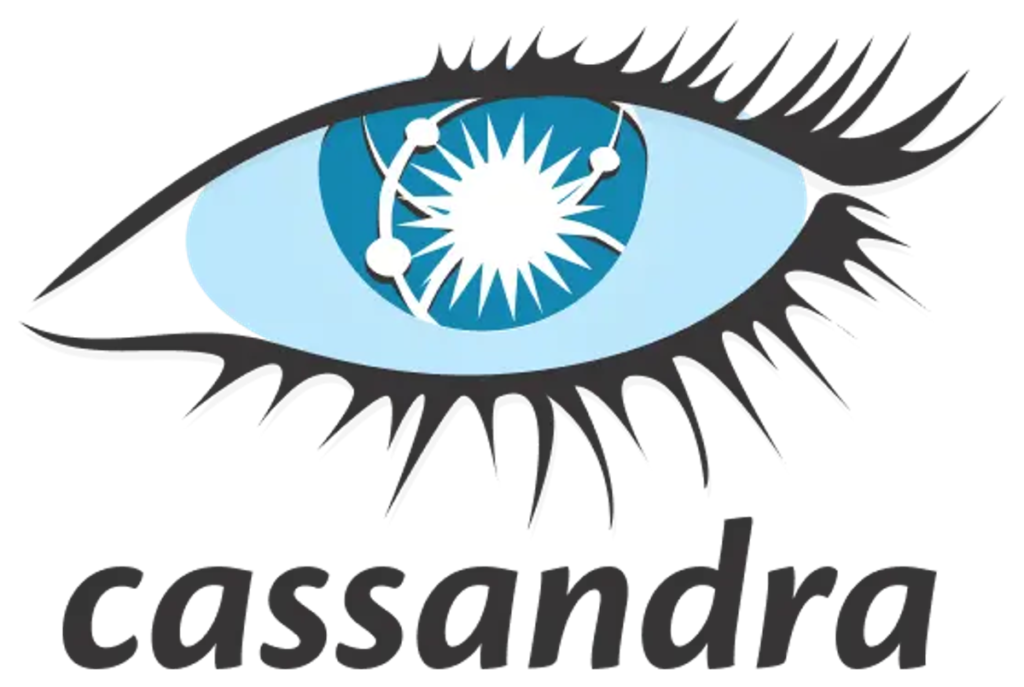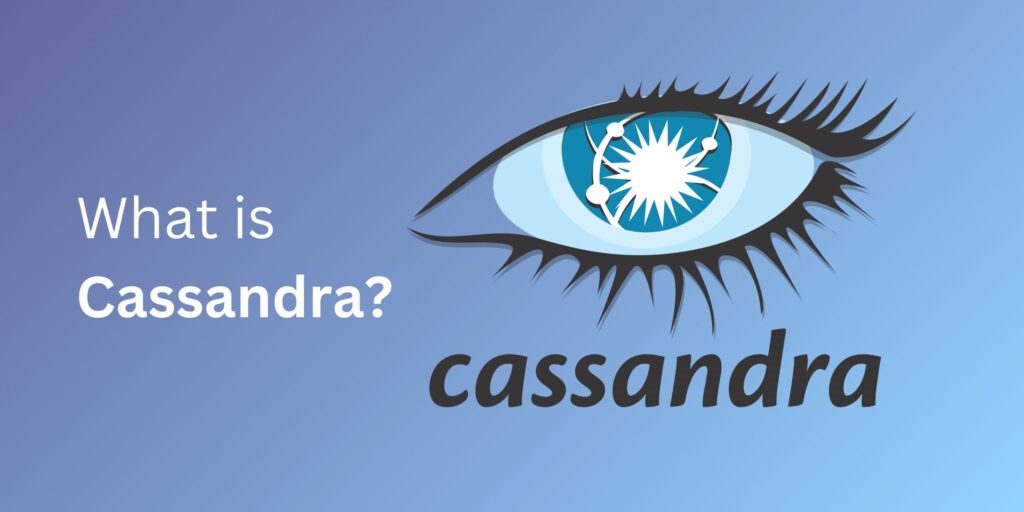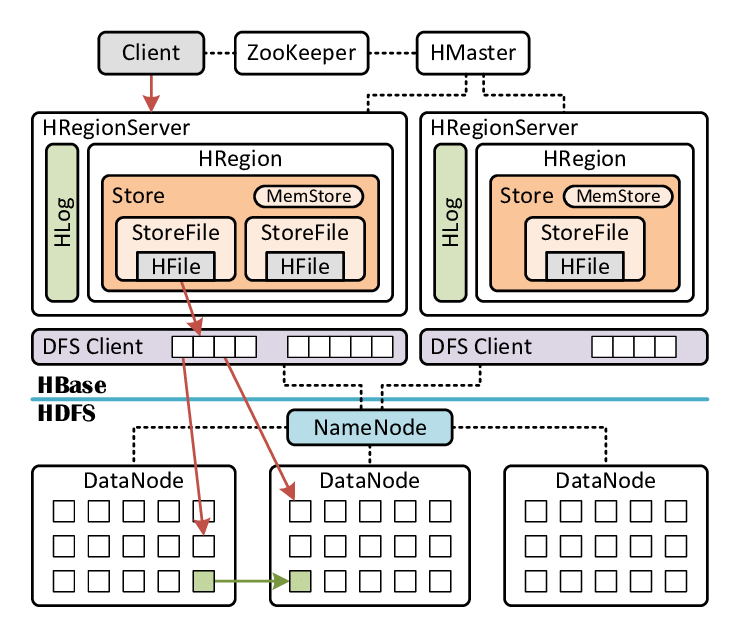MONGODB,
CASSANDRA,
HBASE:
Cassandra
☑️Cassandra is one of the most popular wide column store database systems on the market.
✅ Cassandra was initially developed for Facebook Inbox search functionality and has become a favorite among NoSQL databases, mostly for its enterprise-grade features.
✅This increases high availability and scalability, allowing Cassandra to handle mass amounts of data and deliver almost real-time analysis. Cassandra is written in Java and offers both asynchronous and synchronous replication for every update.
✅ This NoSQL database offers high durability, making it great for applications needing to be always on.If you were to compare MongoDB vs. Cassandra, you would find Cassandra uses a masterless “ring” architecture, while MongoDB does not.
✅This means all nodes in a cluster are treated equally and most nodes can be used to achieve quorum.
✅Like a traditional Relational Database, Cassandra stores data in columns and rows. However, Cassandra can provide additional agility by allowing rows to have different columns and enables users to change the format of columns.

Cassandra Query Language (CQL) closely resembles SQL, and it’s relatively easy for SQL users to learn. As such, in a Cassandra vs. HBase comparison, Cassandra can offer advanced repair processes for read, write, and entropy. This means its cluster is highly reliable and available.
✅This wouldn’t be a fair NoSQL database comparison if we didn’t address the disadvantages of each of these top NoSQL databases. One of the key disadvantages of Cassandra is, because the architecture is distributed, replicas may become inconsistent. ✅This is because when a node goes down, its coordinator node will attempt to preserve data in the form of hints.
✅When the failed node is brought online, the coordinator hands off the hints to assist with the repair process.
✅This can create a burden for the coordinator node If a cluster node goes down, the coordinator node in a possible loss of data replicas and writes refusals.

✅While Cassandra manages well when the primary key is known, it may not cope if the key is unknown. This is because Cassandra must scan all the nodes in the cluster, leading to high read time penalties
MongoDB:
MongoDB:
✅MongoDB is the most popular document store and is also among the top database management systems.
✅MongoDB was initially created to address the agility and scalability problems associated with serving internet ads by DoubleClick. MongoDB enterprise version offers Kerberos, LDAP, auditing, and on-disk encryption features.
✅One of the major benefits of MongoDB is it’s a schema-less database, storing data as JSON-like documents.
✅This means MongoDB provides agility and flexibility regarding the type of records it can store.
✅ It also allows for fields to vary between documents.MongoDB is a great option if you’re looking for high availability, because it uses replica sets with data redundancy and automatic failover features.
✅This ensures your application can continue serving, even if a node is down.Unfortunately, unless you choose one of the DBaaS flavors, MongoDB management operations—such as patching—are manual and can be time-consuming.
✅Moreover, MongoDB suffers from memory hot issues as the databases start scaling.
Key Features of MongoDB:
Geospatial Data Support
Replication and High Availability
Indexes
Rich Query Language
Scalability
No Fixed Schema
Example of MongoDB:
Inserting Data:
You can insert a blog post and an author’s information as separate JSON-like documents into their respective collections without defining a fixed schema.
Example document for the “Posts” collection: json code
{
“_id”: 1,
“title”: “Introduction to MongoDB”,
“content”: “MongoDB is a NoSQL database…”,
“author_id”: 101,
“tags”: [“MongoDB”, “NoSQL”, “Database”]
}
Example document for the “Authors” collection:
{
“_id”: 101,
“name”: “John Doe”,
“email”: “johndoe@example.com”,
“bio”: “A software developer and database enthusiast.”
}
Querying Data:You can use Mongo DB’s query language to retrieve data. For instance, to find all blog posts by a specific author:
db.Posts.find({ author_id: 101 })
Updating Data:You can update documents easily. For example, to update the content of a specific blog post:
db.Posts.update({ _id: 1 }, { $set: { content: “MongoDB is a powerful NoSQL database…” } })
Hbase:
✅HBase is an open-source wide column store distributed database built on top of HDFS and borrows several features from Google Bigtable.
✅This includes in-memory operation, Bloom filters, and compression.
✅ HBase is built on Java and provides support for external APIs like Avro, Jython, REST, Thrift, and Scala.
✅HBase offers a standalone version of its database, although it’s mainly used for development configuration and not in production scenarios.
✅Because HBase uses HDFS as the distributed file system, it can store large data sets, even billions of rows, and quickly provide analysis.
✅ HBase supports sparse data and can be hosted/distributed across commodity server hardware, ensuring this NoSQL database is cost-effective even when data is scaled to gigabytes and petabytes.
✅This distribution contributes to one of HBase’s most notable advantages: its failover support includes automatic recovery.

✅Although HBase is similar to Cassandra in many ways, a major difference is it uses primary-replica architecture.
✅This means it has a single point of failure, because failing from one HMaster to another can take time, which may result in a performance bottleneck.
✅Because of this, Cassandra may be the better option for you if you’re looking for an always-available system.Unlike Cassandra, HBase doesn’t have a query language.
✅ As a result, to achieve SQL-like capabilities, HBase requires users to adopt the JRuby-based HBase shell and technologies like Apache Hive.
✅ Unfortunately, employing these technologies may result in high latency.
Other courses: Cloud computing

Leave a Reply